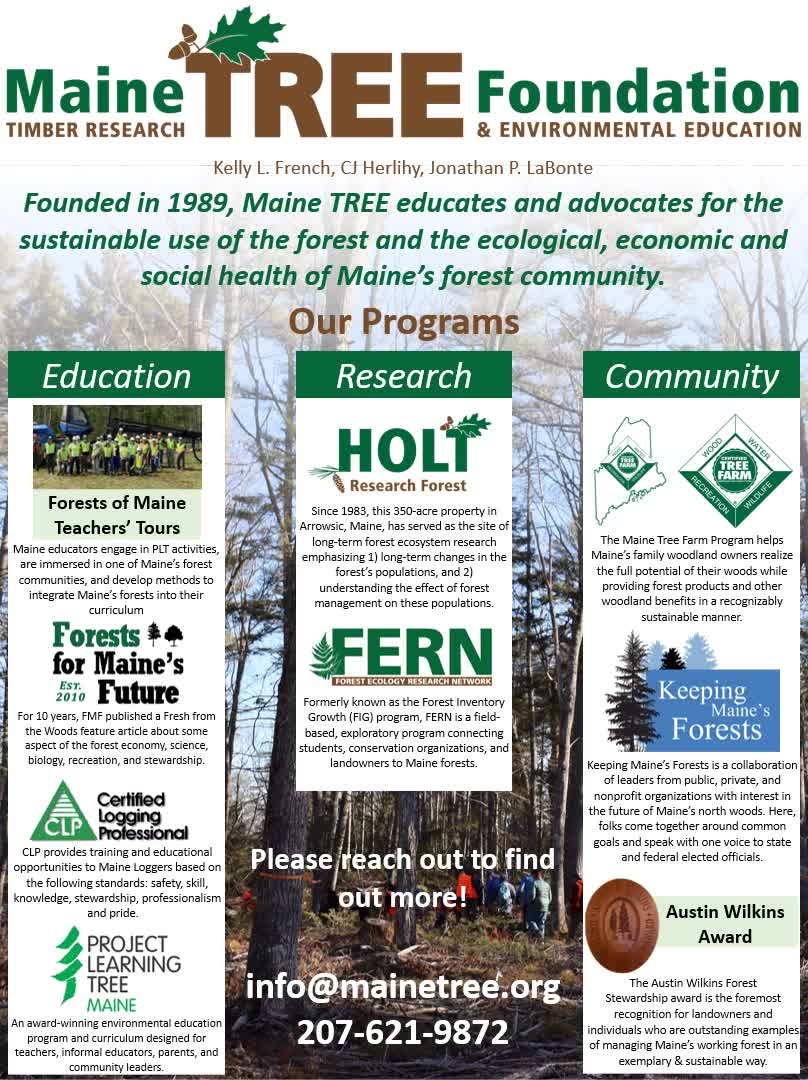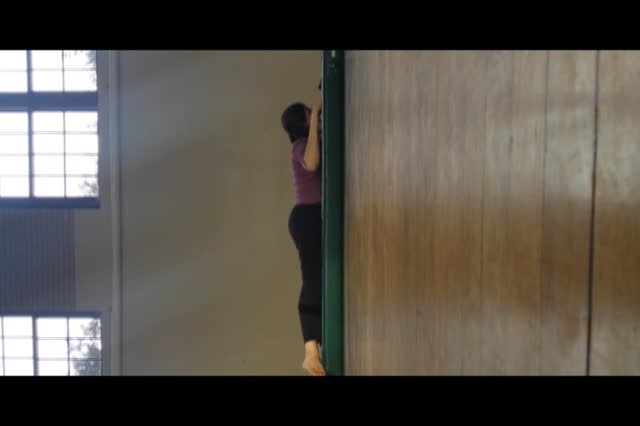Search Results
Results for: 'Composting Ecology and Management'

Farm-Based Education in Every City and Town
Connecting with land through agriculture can be educational, joyful, healing, and empowering. From a Yellow Farmhouse in Connecticut to an apiary in Botswana, and a hillside campus in Vermont to an urban farm school in New York City, four panelist...

Exploring the Diversity and Impact of Agritourism in Southern Africa
Agritourism ventures across Southern Africa offer critical and engaging portraits of how ecological conservation connects to cultural heritage and the tourism industry. This panel will highlight how agritourism is helping to develop rural economie...

Agritourism Definitions and Standards around the World
What is agritourism anyway? Definitions and standards vary around the world, with some understandings focused on educational experiences on working farms while other perspectives are more expansive. Researchers and practitioners from Italy, India,...

Maine TREE (Timber Research & Environmental Education)
Maine TREE (Timber Research & Environmental Education) educates and advocates for the sustainable use of the forest and the ecological, economic, and social health of Maine's forest communities. Since 1989, Maine TREE has upheld this mission and s...

Innovative Ways to Sell Agricultural Products Direct to Consumers
The evolving pandemic has brought to light the importance of promoting agri-food products in local markets, purchasing locally sourced supplies, and selling direct to consumers. Join French-speaking partners (southern Quebec, Eastern Ontario and t...

Directed, Written and Produced by Shanta Lee Gander Sound Design and Music Production by Machafuko NA Vurugu Productions In her exploration of the human gaze, the female body, and what it means to dance along a continuum of sacred and profane,...

Eating Disorders in Adolescents
Calling all teenagers and loved ones of teenagers! Being a teen, especially in the age of social media, can be really challenging and can sometimes result in a complicated relationship with body image and food. We are here to talk you through eati...

Here I wanted to play with the unique opportunity film creates for movement sequences. If I were to perform the series of movements presented here for an actual audience I would not be able to achieve the same effect. Film and editing allows for r...

When I began the video, I just wanted to dance on a soft surface! As I moved, the mat became a floating zoo or arc that I navigated as if I were exploring or trapped. Alligator, lizard, monkey, insect. I ran out of ideas and almost stopped at 7 mi...